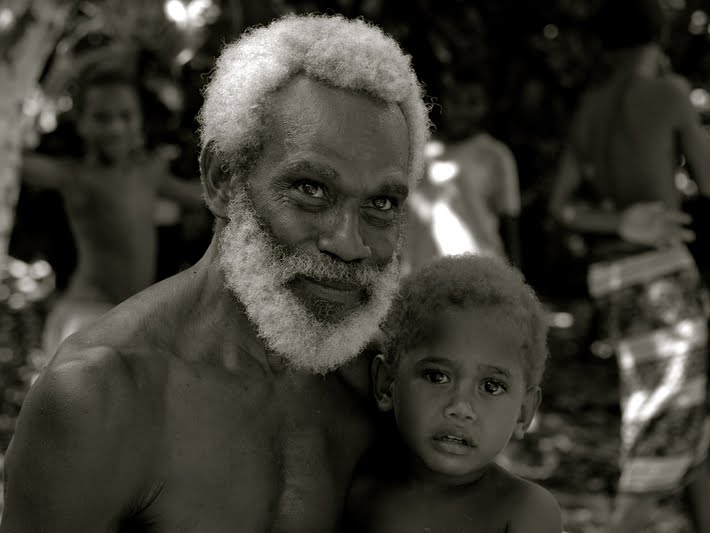My opinion is great for Casanovas, who can run around. Ultimately the decision should be left to the woman.
The procedure called RISUG in India (reversible inhibition of sperm under guidance) takes about 15 minutes with a doctor, is effective after about three days, and lasts for 10 or more years. A doctor applies some local anesthetic, makes a small pinhole in the base of the scrotum, reaches in with a pair of very thin forceps, and pulls out the small white vas deferens tube. Then, the doctor injects the polymer gel (called Vasalgel here in the US), pushes the vas deferens back inside, repeats the process for the other vas deferens, puts a Band-Aid over the small hole, and the man is on his way. If this all sounds incredibly simple and inexpensive, that’s because it is. The chemicals themselves cost less than the syringe used to administer them. But the science of what happens next is the really fascinating part.
The two common chemicals — styrene maleic anhydride and dimethyl sulfoxide — form a polymer that thickens over the next 72 hours, much like a pliable epoxy, but the purpose of these chemicals isn’t to harden and block the vas deferens. Instead, the polymer lines the wall of the vas deferens and allows sperm to flow freely down the middle (this prevents any pressure buildup), and because of the polymer’s pattern of negative/positive polarization, the sperm are torn apart through the polyelectrolytic effect. On a molecular level, it’s what super villains envision will happen when they stick the good guy between two huge magnets and flip the switch. ...To reverse the procedure
With one little injection, this non-toxic jelly will sit there for 10+ years without you having to do anything else to not have babies. Set it and forget it. Oh, and when you do decide you want those babies, it only takes one other injection of water and baking soda to flush out the gel, and within two to three months, you’ve got all your healthy sperm again.via Brown Pundits, complete article here








